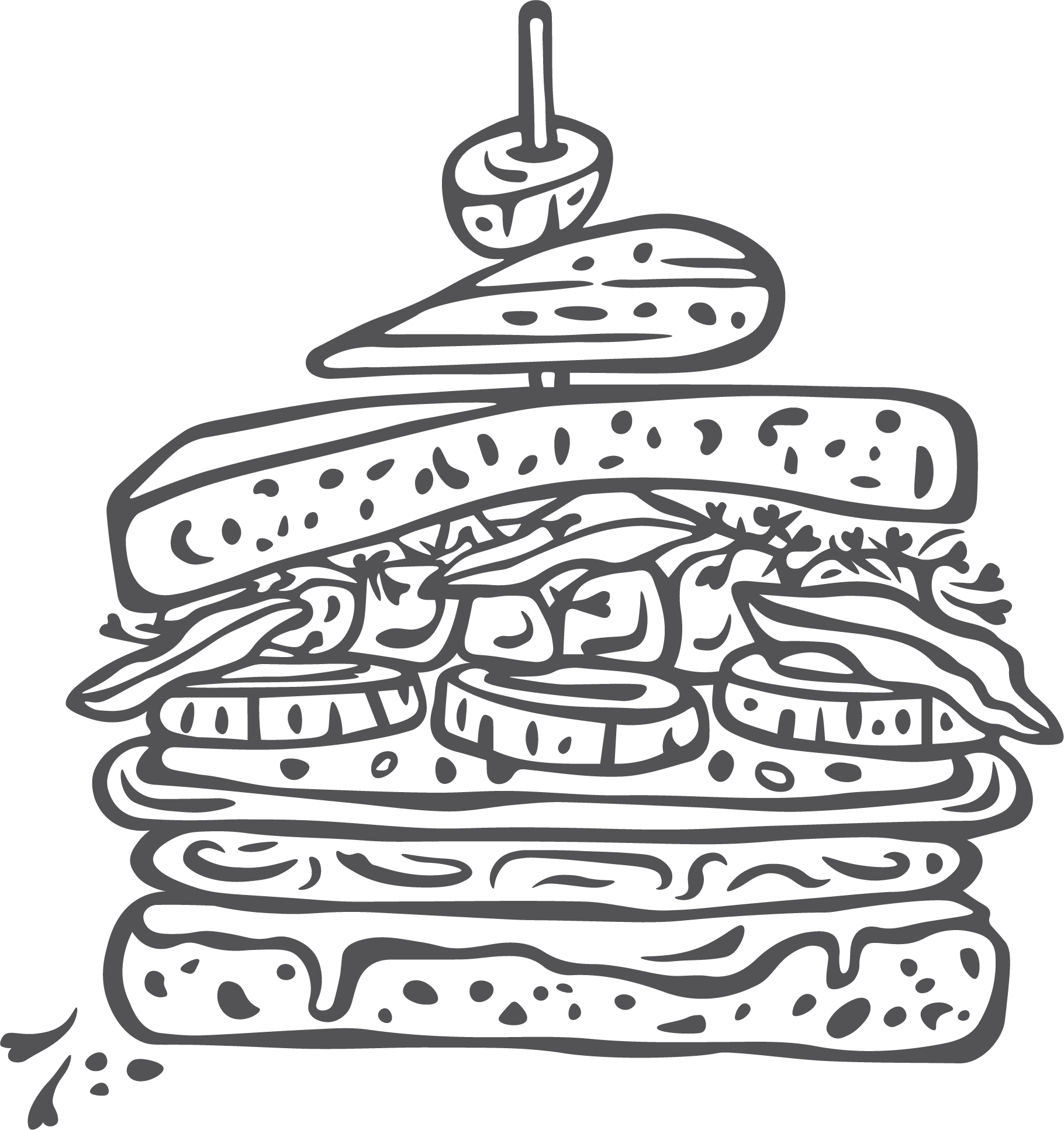

There are three items I equate with summer: fresh garden tomatoes, hand-picked sweet corn, and juicy, sweet peaches. Peaches are one of the items I never buy from the grocery store, as they tend to be a more fragile fruit and excess handling results in bruises.
You can soften peaches once picked. Place the peaches in a brown paper bag, checking daily. Once the peaches have softened, transfer to the refrigerator to slow the softening process. Peaches come in two primary varieties named for how the pit acts. In Freestone peaches, the pit is easily freed, leaving neat halves while the clingstone pit must be removed with a bit of force. Peaches also come in white and yellow.
If peaches make it past the raw stage, it’s usually to serve as a breakfast topping, chutney, BBQ sauce, or grilled cheese partner. I’ve even grilled peaches, which helps to caramelize the peaches natural sugars.
Peaches can be frozen and canned. I love to can peach salsa, but you can make jars of sweet peaches. It’s as as easy as most vegetables, just blanch, peel, slice, and freeze.
Summer
Peaches are best raw, but also popular in desserts, primarily cobblers and pies. I love to use peaches in sauces as well as grilled, roasted, and sauteed. If the fuzz bothers you, score an ‘x’ on the bottom, blanch in boiling water for 20 seconds, cool, and remove the skin.
Use your sense of smell and touch with peaches. Peaches that feel just-soft and have a fragrant smell are ripe. Peaches that are firm are not ripe, while peaches that bruise when pressed are over ripe. Peaches will soften after being picked but will not continue to ripen. This means the flavor will also halt.
Store ripe and soft peaches in the refrigerator (they mold easily at room temperature) for a couple of days, but do not let them touch each other. Bring to room temperature before eating.
Clingstone
Freestone

